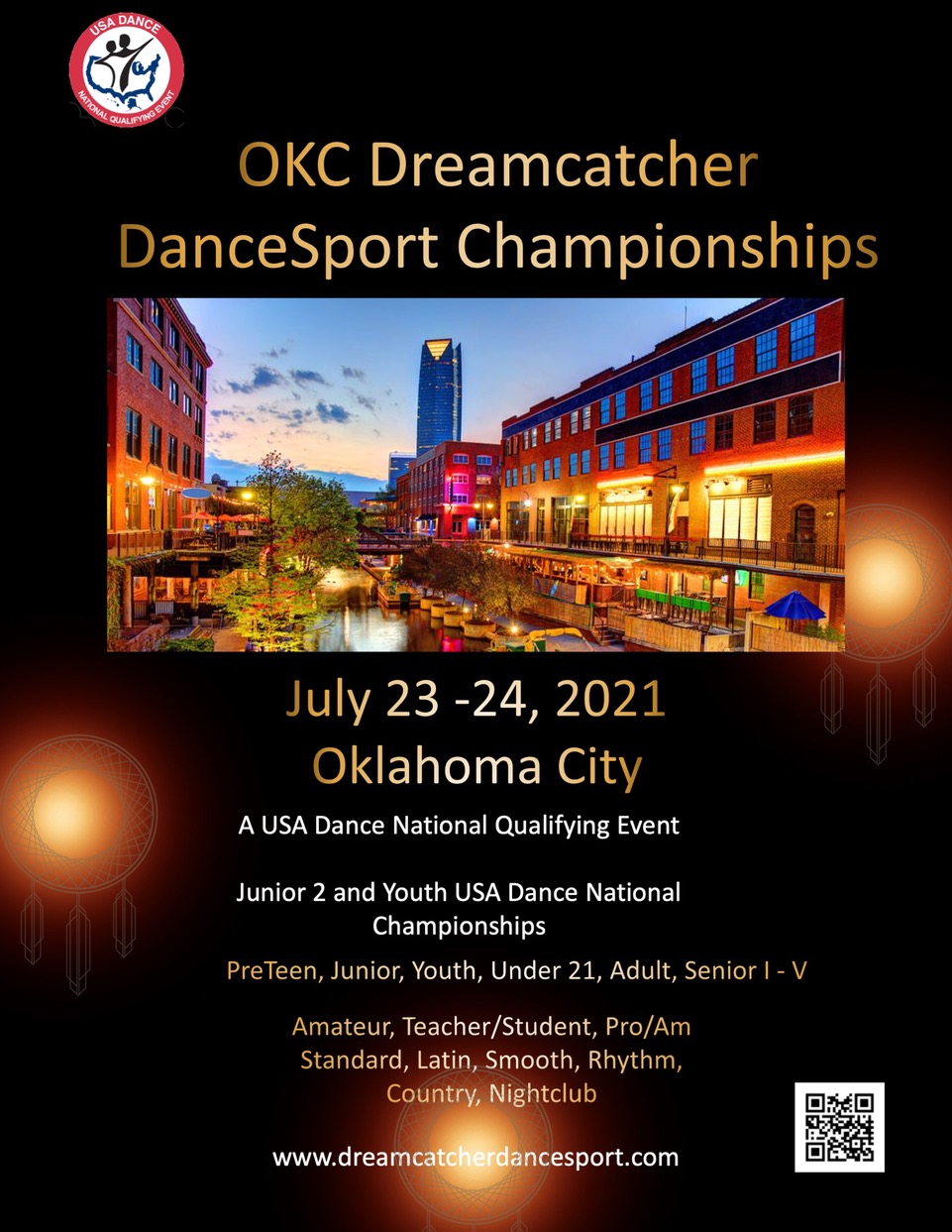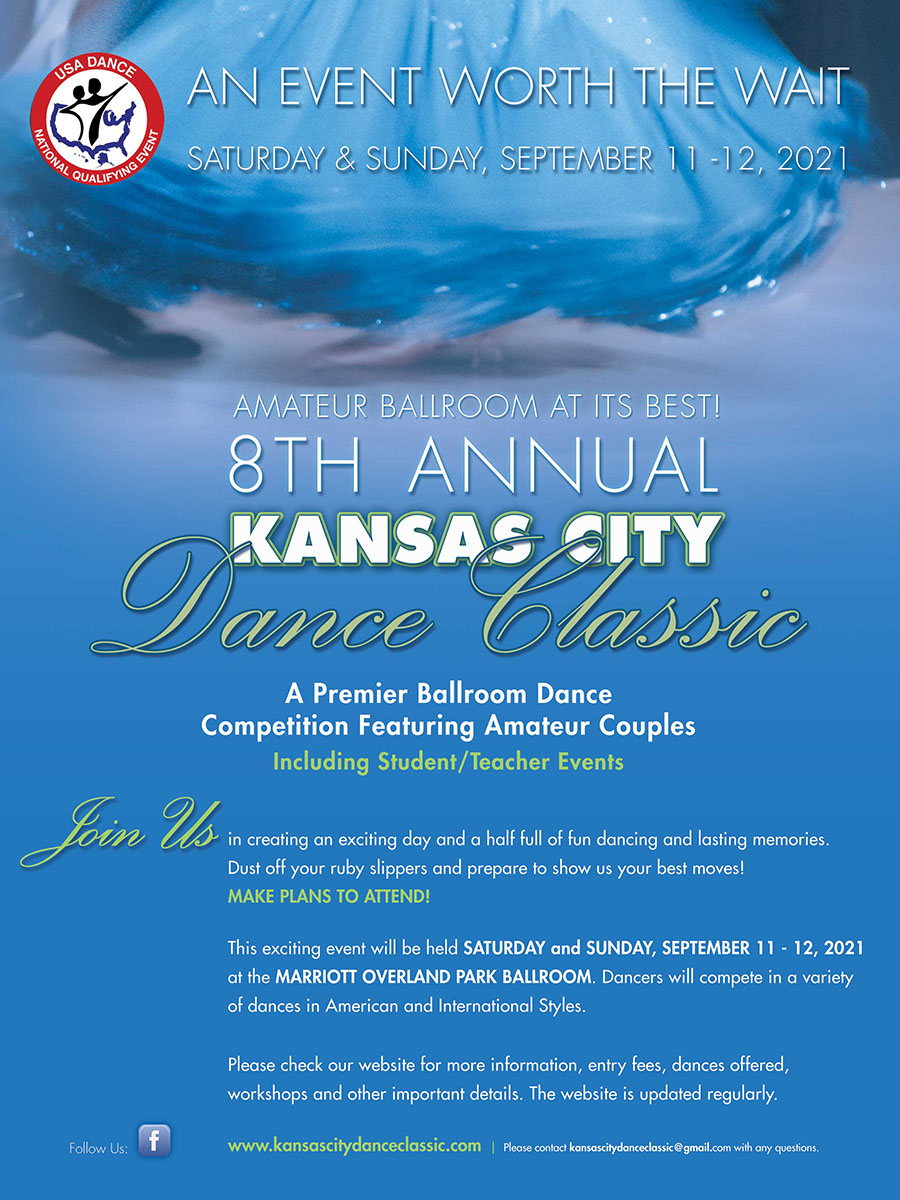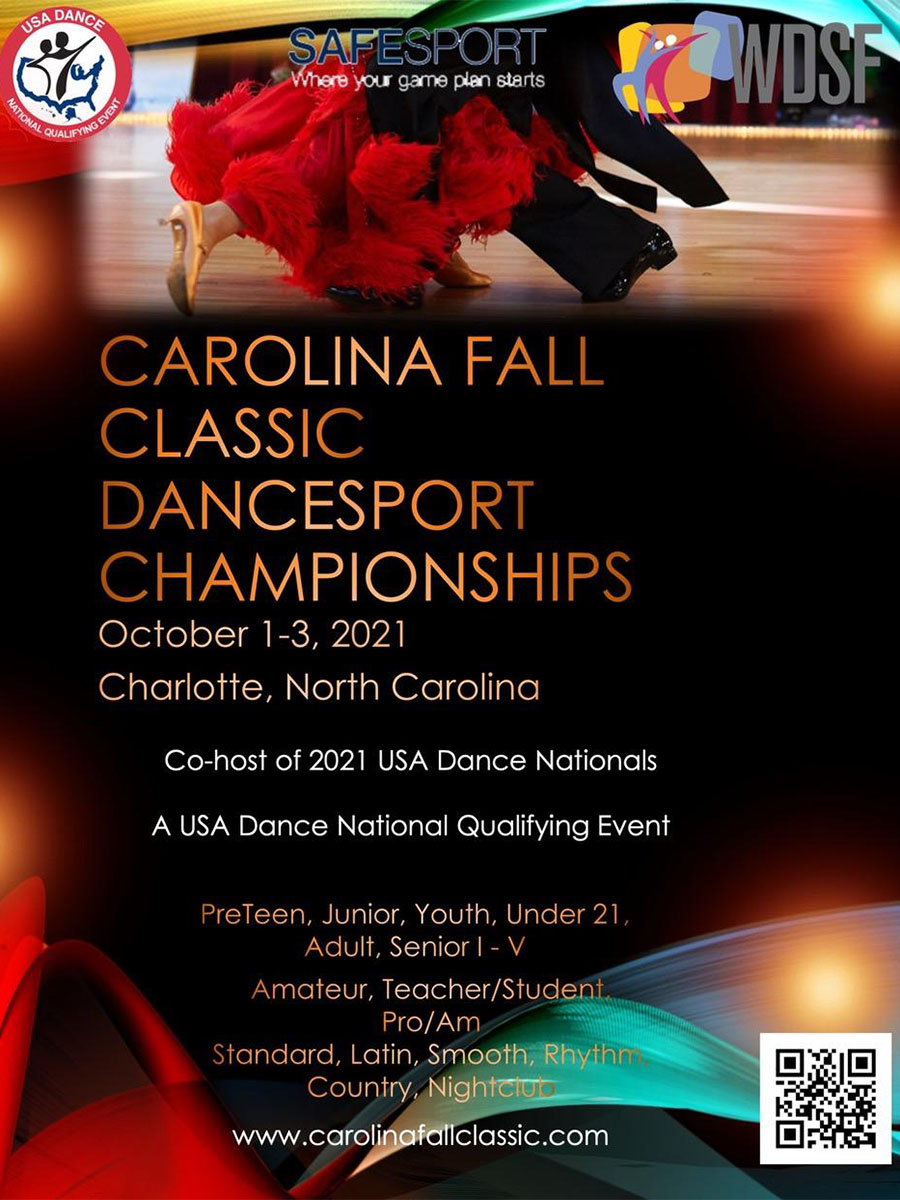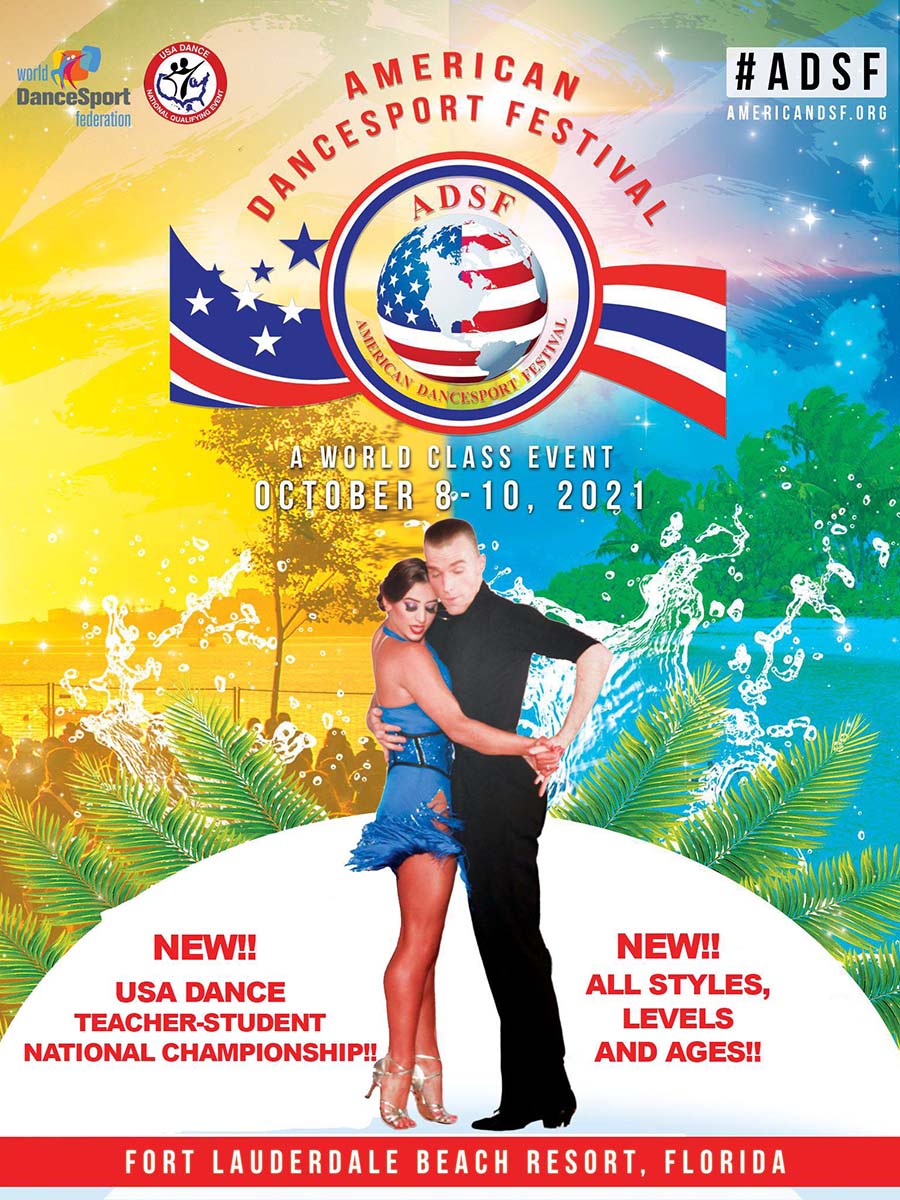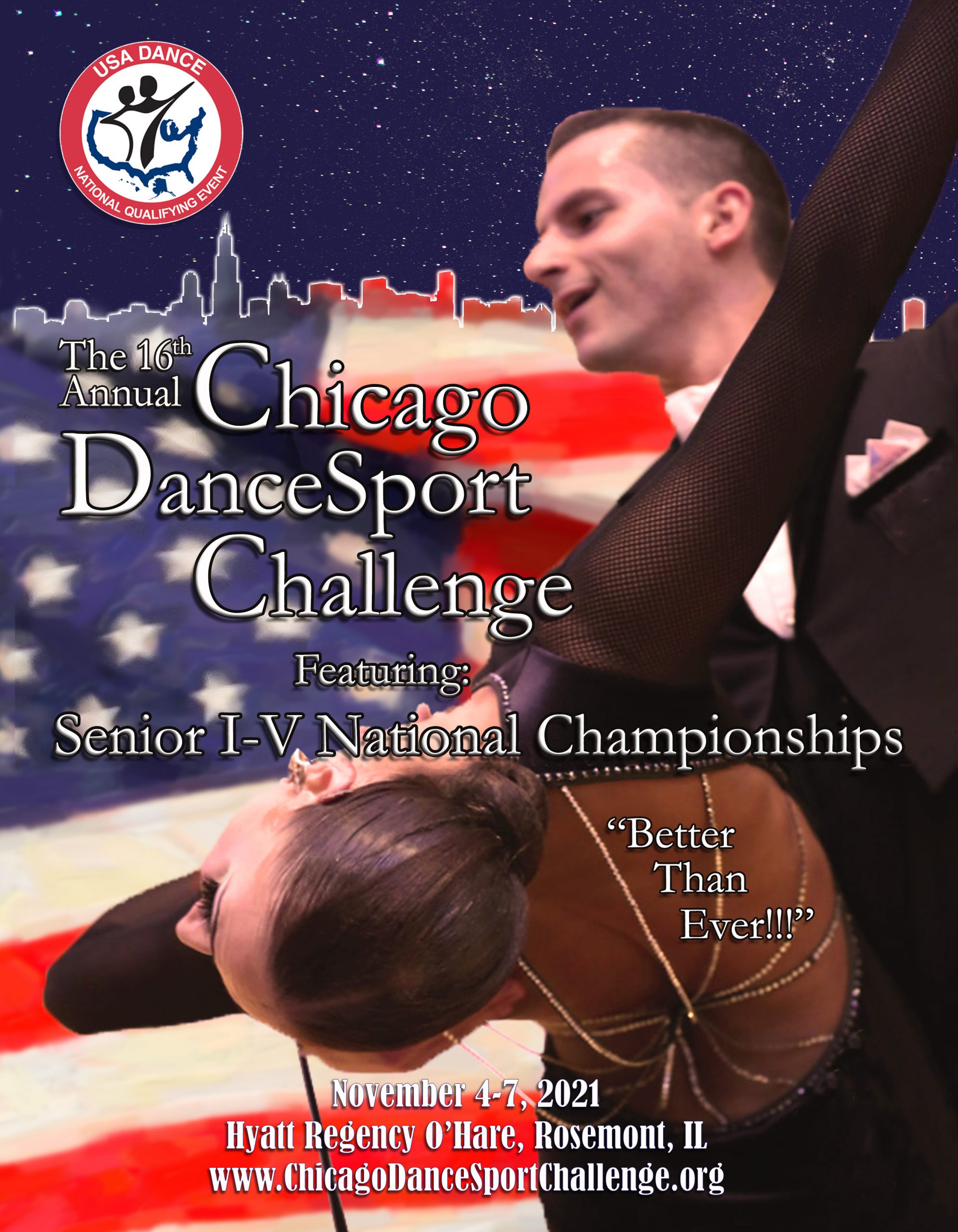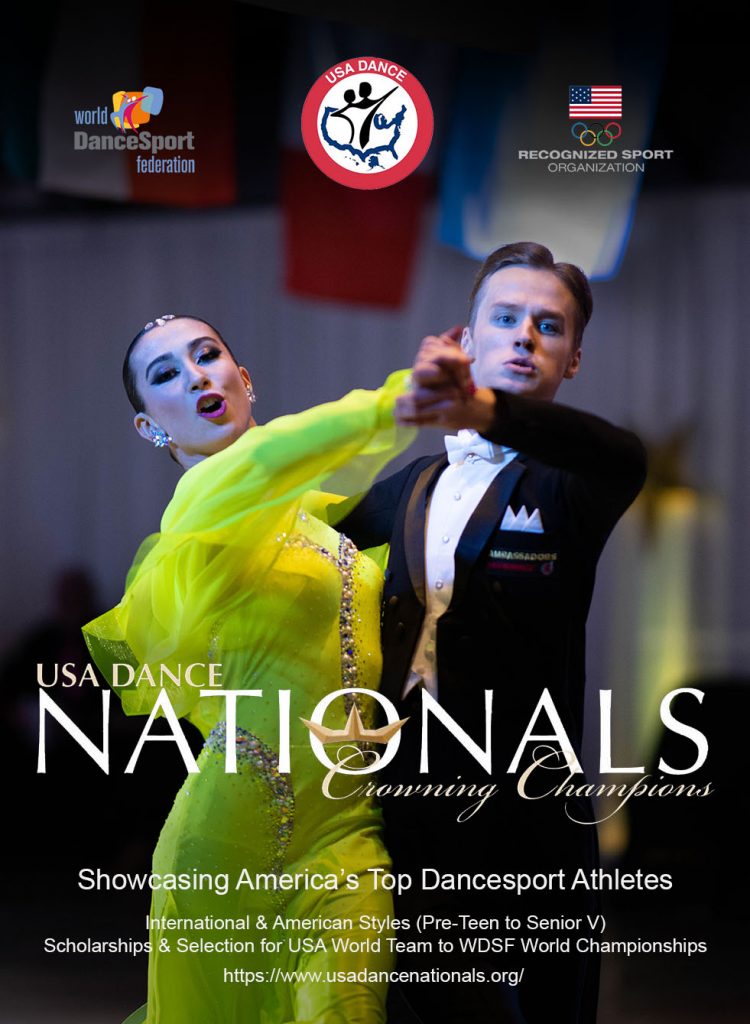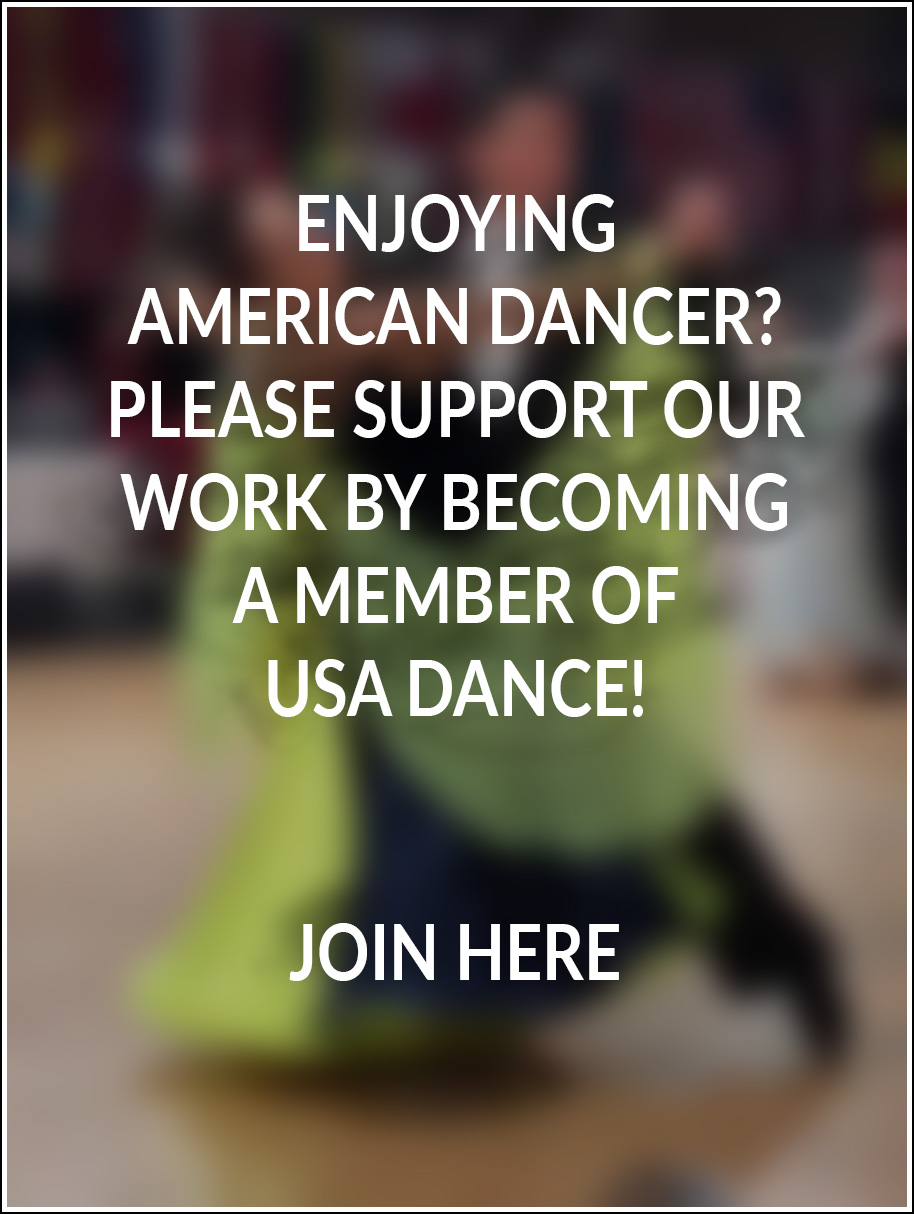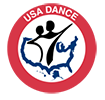DEPARTMENT
Health and Fitness
Coming Back After Covid
BY DR. ALLA ZEMLYAK
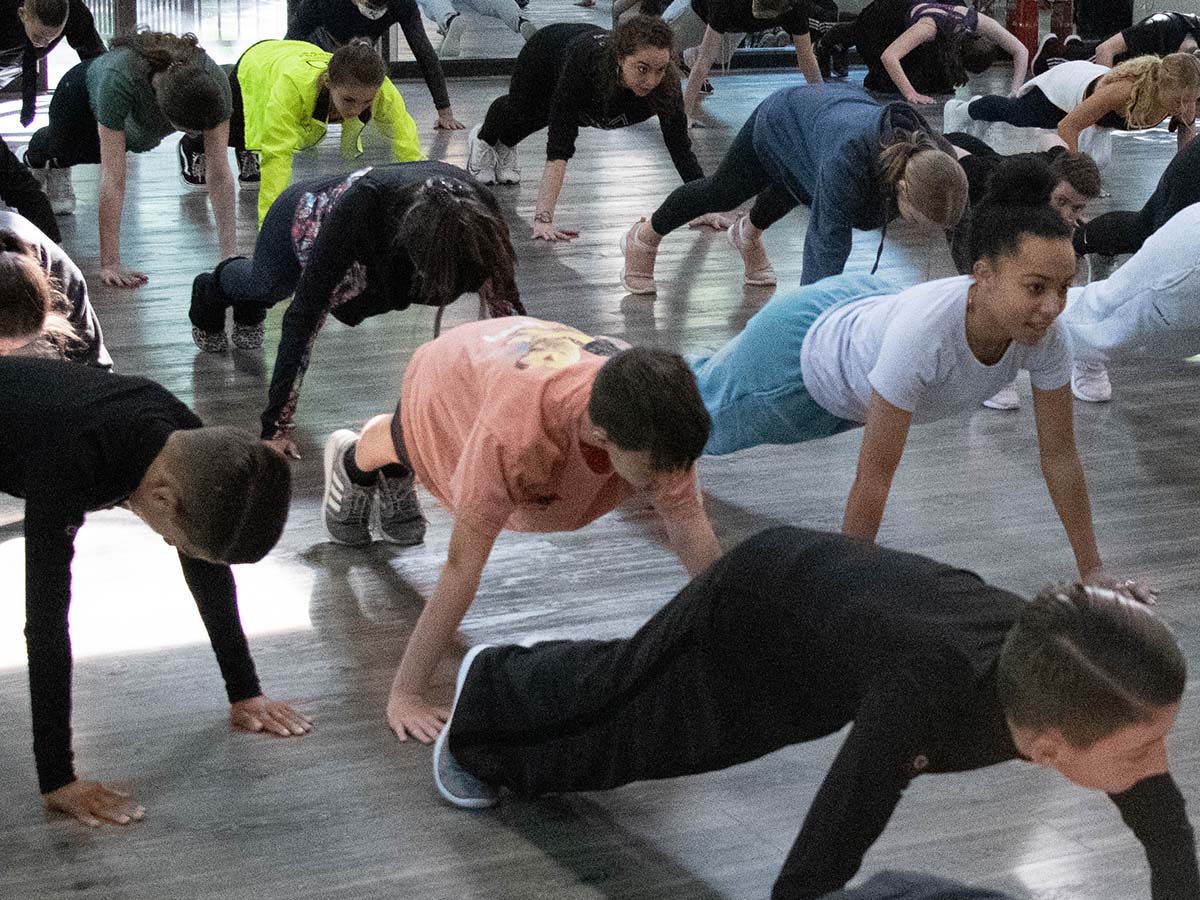
Photo taken at Junior National Camp courtesy of David Getchell
Dancing, whether competitive or social, is very complex. It is not limited to cardio, stretch, core workout, strength, or balance training, but rather consists of a very intricate combination of all of these with artistic requirements on top. This is what makes it so challenging to work out a regimen that can really enhance dance performance.
There is a popular opinion among competitive dancers that the only exercise that can effectively prepare you for high-level dancing is dancing itself. And when it comes to accomplishing some short-term results, this may actually be true for some people. However, there are some interesting points to think about in this regard. A research study done recently on high-performing ballet dancers, who did not have any fitness program incorporated into their training, revealed some rather surprising results. It turned out that the dancers’ fitness parameters (cardiac reserve, muscle strength, and endurance) were not significantly better than those of healthy individuals, of comparable age, who led a completely sedentary lifestyle. This would mean that after achieving a certain level, their performance is only likely to decrease given the usual load of physical stress, microinjuries, and the effects of aging. In order to achieve improved performance and progress to a higher level of difficulty, it is necessary to increase intensity, volume, and frequency of training over time. This is a well-recognized principle in most other sport disciplines, but the one frequently neglected in dancing. A regular dance practice is usually structured around perfecting technical aspects, but does not increase the day-to-day requirements sufficiently to achieve the degree of overload necessary for desired improvement. This may be one reason that, at some point, we dancers all have or will have experienced stagnation in our progress. This is where a well-structured exercise program can help.
A break in regular dance practice presents a challenge to both competitive and social dancers, and highlights the importance of overall physical conditioning. When one stops dancing and/or exercising regularly for a long time, there are a number of things that happen to our bodies. First, our body loses some of its aerobic capacity, which allows for increasing oxygen consumption in response to greater physical demands. When we are deconditioned, our body generates energy in response to intense exercise, primarily through anaerobic (oxygen independent) pathways. This results in the quick depletion of glycogen stores and the generation of large quantities of lactic acid. Physiologic effects of this metabolic pathway that we experience are a quick onset of fatigue and intense muscle soreness. Other things that naturally happen, as our bodies adapt to a more sedentary lifestyle, are the loss of muscle strength and tendon elasticity. Weight gain is also likely to put extra strain on the already weakened muscles and joints. This will inevitably result in some loss of coordination, strength, and flexibility which, coupled with rather intense demands of today’s dance choreographies, creates a potential for injuries. Although most of the injuries that we experience as ballroom dancers are minor, they may be enough to keep us out of practice for another few weeks and throw us even further away from achieving our goals.
For dancers, who have been forced to stay out of dance studios during the COVID pandemic, an exercise program incorporating aerobic (cardio) workout, stretching, and muscle conditioning can definitely help accomplish a smoother comeback. If you only stayed out for a few weeks and continued some level of exercise during that time, the chances are that you will be able to come back to your pre-break level of performance rather quickly, over the course of a week or two. However, if you have been locked away from the competition or social dancefloor for many months and did not pursue any physical endeavors in the meantime, coming back may be more challenging. Even social dancers will have difficulties dancing the night away. This may be a good opportunity to consult with a fitness specialist to create an exercise program focused on your overall health as well as the skills specific to your dancing. Once you have developed this routine, it may be a good idea to stick with it in order to keep improving your stamina and performance, and to push yourself to new limits.
Given the very complex nature of dance as exercise, it is important to give yourself enough time to re-develop your dance-specific skills, even if you have been exercising during your break. It may be a good idea for dancers, who had to stay out of regular dance practice or social events for six months or longer, to start practicing one or two levels below where you stopped and build yourself up gradually. For competitive dancers, if you danced Gold syllabus in the pre-pandemic era, it is OK to come back to Bronze for a little while. If you had just started doing Open routines before COVID, you may want to come back to syllabus temporarily. If you had very complex Open routines, simplify them. Taking it a slowly will allow you to regain your skills in an easy non-stressful way and avoid injuries and frustration. Remember that sometimes it is OK to take a step back in order to throw yourself forward with a full force.
Last but not least, it is important to recognize the mental component of dancing. Dance lessons and practice require a lot of concentration and attention to details in order to be effective. The COVID pandemic has affected all of us to some degree, whether it is a family member becoming ill, losing a job, uncertainty about the future, or depression of self-isolation. In some way or another this pandemic has had and continues to stress us. One of the well-described effects of stress is inability to concentrate. When you cannot concentrate, potential for improvement is minimal, and chance for injury is greatly increased. Being mentally prepared is just as important as regaining your physical shape.
Here are some “pearls of wisdom” on conditioning and re-conditioning for dancers from people with experience and expertise:
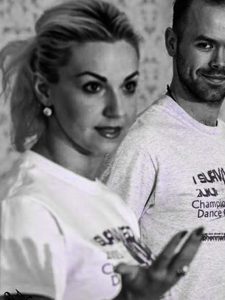
Katusha Wilder — an accomplished competitive dancer, a dance coach, and a professional with a Master’s in Kinesiology and expertise in physical conditioning — deems that fitness is as important for dancers as it is for any other high-performing athletes. She believes that physical training should be incorporated into the dance athlete’s weekly training routine, ideally four or five times per week in addition to regular dance practices, in order for a dancer to progress faster. However, the training should be specifically focused on the dancer’s needs. Simply going to the gym will not substitute for this type of training.
“When I work with dancers of any age, style, or category, we always prepare a strategic plan how to achieve the goals that we set,” Katusha says. A fitness program for dancers should include exercises for stamina training, breathing, flexibility, and muscle strength. It should include some combination of yoga and/or Pilates, cardiac (running, jogging, rope jumping), and weight training.
With junior and youth athletes it is sometimes hard to motivate them to keep at it, Katusha admits. With older adults the challenge is to individualize their preparation according to their prior experience, level of physical ability, and existing injuries.
As for coming back to dancing after COVID, she said, “I love to push, I love crazy, I love unstoppable… but if after a few months of break, you come back to the dance studio and expect to do what you did at your last practice before the break. It is absolutely the wrong expectation.”
Her basic advice is to not start too quickly. It typically takes six to eight weeks even for professional athletes to come back to a decent physical shape after a break. Anything faster than that is likely to result in injuries. She recommends taking it slowly and starting with some yoga and stretch exercises. Weight lifting should be saved for later. When you start dance practices, pay special attention to your feet and ankles, as they are particularly prone to injuries. If you are required to wear a mask at the studio, remember that it will limit your oxygen intake and raise your carbon dioxide level during intense activity, which may bring about muscle cramps.
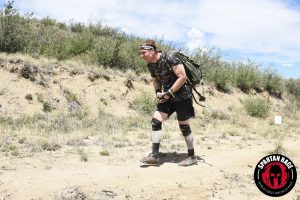
Henry Hudson — a Senior III championship-level Smooth and Latin competitor, a physician, and an exercise fanatic — also believes that consistent physical training is vital to a dancer’s success.
Henry has not been to a dance studio since the pandemic hit, but he and his wife kept in shape and continued with their exercise program throughout this time. They have been engaged in the Orangetheory fitness program which involves one-hour, high-intensity interval training four to five times a week. Originally designed to burn more calories and produce great weight loss, this program combines cardio and weight training, and includes some stretch exercises before and after. It is designed to subject your body to intermittent aerobic and anaerobic stress with short recovery intervals. According to Henry, this program greatly enhances stamina and is especially helpful for dance competitors who often have to dance multiple rounds during a competition with very short breaks in between.
Henry’s advice to his fellow dance athletes, who have not been able to dance or exercise during this time, is simple: start slowly. You will not accomplish much by pushing yourself too hard at the beginning, but rather you may suffer injuries. He also brings up the importance of weight control and getting one’s diet under control. “If you gained 10 pounds during the pandemic, you may not think it is a big deal, but your joints will disagree,” he says. “Pay attention to your body. Do a lot of stretching. Incorporate physical therapy and massages into your routine if you need to.”

